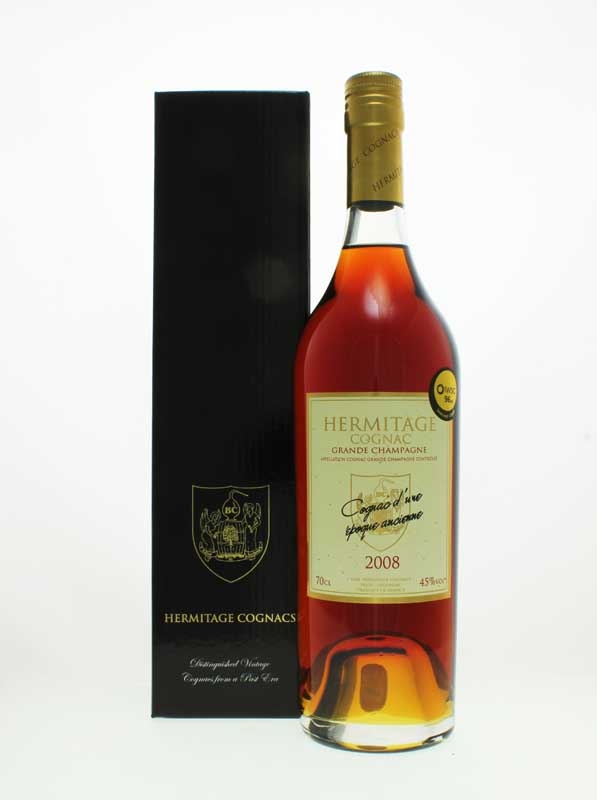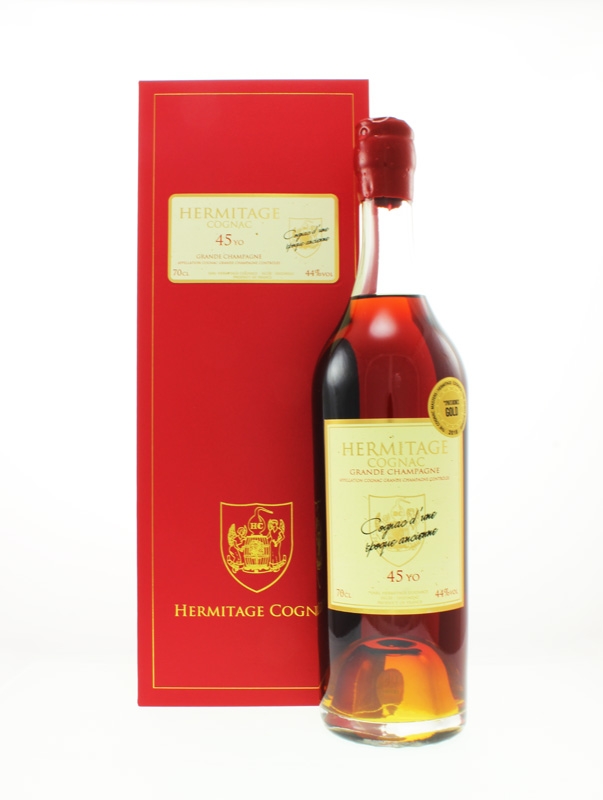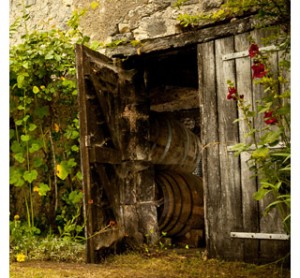 We place much emphasis on the ageing of cognacs as it is critically important that they gain the maximum maturity whilst in their oak casks. We have spoken before about the barrel size, shape and type of oak but the actual cellar chosen for storage is also vitally important. The conditions of storage can make, or break, a fine cognac.
We place much emphasis on the ageing of cognacs as it is critically important that they gain the maximum maturity whilst in their oak casks. We have spoken before about the barrel size, shape and type of oak but the actual cellar chosen for storage is also vitally important. The conditions of storage can make, or break, a fine cognac.
French cellars used to house cognac are typically quite small, perhaps only housing a couple of hundred barrels. Most are also old and damp, often old stores or farm buildings, perhaps old chapels or buildings that would normally be thought unsuitable for storing such valuable spirits. Many do not even have a proper floor, just the earth, perhaps where animals have been kept during cold winter months, but it is these old buildings that provide the finest conditions for cognac ageing.
Good barrel ageing extracts the useful substances from the oak barrels. Tannins form around 5% of these substances but others, including lignin and hemi-cellulose, are also useful. As these substances gradually dissolve in the maturing spirit, they impart the agreeable sweetness found in some older cognacs. It is therefore very important that cognac spends as much time as possible in contact with these useful elements found in the wood.
There is of course a limit as to how long these substances last in the relatively neutral oak barrels so it is important to ensure that the barrels are stored in the finest conditions. The humidity of the old stores in the Charente ensures that the barrels are largely damp on the outside. This prevents the smaller spirit molecules from escaping and retains them in the oak for a longer period.
An agreeable climate in the Charente provides more suitable ambient storage in these old stores than in purpose made warehouses on other shores. ‘Early landed’ cognacs are brandies which are stored in bonded warehouses abroad and have customs documents proving when they were made. The provision of this additional storage may be an advantage but both the length of time the cognacs are stored and the conditions in bond may fall some way short of ideal. Only by constant, expert monitoring can it be established when a cognac is ready for bottling and indeed if the storage conditions have allowed the cognac to gain the full benefit from the barrel.
We hear of all sorts of ideas for brandy storage but whatever is happening on the outside of the barrel, there are only two factors which affect ageing inside: temperature and humidity. It is the reaction of the old oak barrel and the cognac that will provide us with the finest cognacs. It therefore seems strange to me that some brandy houses want to age their cognacs in unusual places. A rather well-known Norwegian house has chosen to age a barrel of their 40 year old cognac in a fort in the mouth of the Charentes for a few months “to see how maritime weather affects the finished product”. If the barrels are stored correctly and tightly sealed with a cork which is waxed over to prevent the ingress of air, what difference will the maritime weather make?
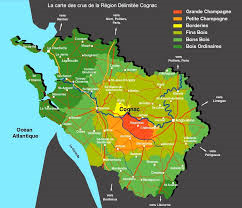 Whilst in France recently, I found an air of wellbeing amongst the cognac producers of the Charente. Last year’s super harvest, coupled with the current demand for cognac, means that their pockets are rather fuller than is usual for the season. That said, this year the harvest could already be in trouble as the region is experiencing some very hot weather. The grapes may have to be harvested early and their sugar content may also become too high. In the town of Cognac I also found a new 5-star hotel with 2 restaurants and all the perks that go with 5-star luxury. The Chais Monnet Hotel is named after the ex-mayor of Cognac and founder of Monnet Cognac. It will no doubt be popular with many visitors, but I will continue to stay at the Chateau L’Yeuse. It is less than half the price of Chais Monnet and I enjoy the warmth and personality of its more intimate and peaceful surroundings.
Whilst in France recently, I found an air of wellbeing amongst the cognac producers of the Charente. Last year’s super harvest, coupled with the current demand for cognac, means that their pockets are rather fuller than is usual for the season. That said, this year the harvest could already be in trouble as the region is experiencing some very hot weather. The grapes may have to be harvested early and their sugar content may also become too high. In the town of Cognac I also found a new 5-star hotel with 2 restaurants and all the perks that go with 5-star luxury. The Chais Monnet Hotel is named after the ex-mayor of Cognac and founder of Monnet Cognac. It will no doubt be popular with many visitors, but I will continue to stay at the Chateau L’Yeuse. It is less than half the price of Chais Monnet and I enjoy the warmth and personality of its more intimate and peaceful surroundings.
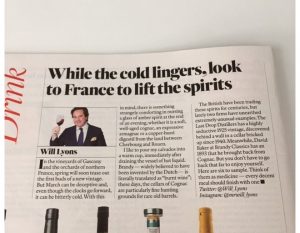 The first quarter of 2019 has continued the way 2018 finished with press coverage in both The Spectator and The Sunday Times magazine, heralding the quality of the Hermitage Cognacs range. Henry Jeffreys of the former, particularly enjoyed the
The first quarter of 2019 has continued the way 2018 finished with press coverage in both The Spectator and The Sunday Times magazine, heralding the quality of the Hermitage Cognacs range. Henry Jeffreys of the former, particularly enjoyed the 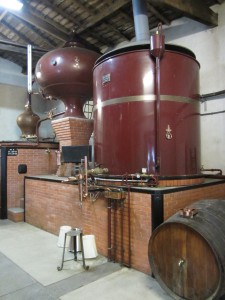 There are all manner of theories, assumptions and legends relating to the actual birth of
There are all manner of theories, assumptions and legends relating to the actual birth of 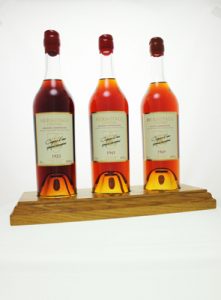 We are always looking for more fantastic, single estate cognacs with age-statements to add to our Hermitage Cognac Vintages range and these latest three are really amazing:
We are always looking for more fantastic, single estate cognacs with age-statements to add to our Hermitage Cognac Vintages range and these latest three are really amazing: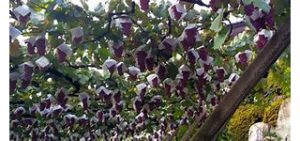 The very strict regulations surrounding the production of cognac have been in place since the BNIC’s inception at the end of WWII. However, recent changes in the economic and geographic environments are forcing these age-old practices to be reviewed. Burgeoning exports have seen cognac sales increase for the last 4 years so cognac changes are afoot. It has just been agreed that the area of vineyards in the appellation next year will rise by 3500 hectares(ha). This follows an increase of 1500 ha last year. Global warming is also influencing vineyards across the country. As temperatures rise the grapes ripen earlier and the harvest is brought forward. In the
The very strict regulations surrounding the production of cognac have been in place since the BNIC’s inception at the end of WWII. However, recent changes in the economic and geographic environments are forcing these age-old practices to be reviewed. Burgeoning exports have seen cognac sales increase for the last 4 years so cognac changes are afoot. It has just been agreed that the area of vineyards in the appellation next year will rise by 3500 hectares(ha). This follows an increase of 1500 ha last year. Global warming is also influencing vineyards across the country. As temperatures rise the grapes ripen earlier and the harvest is brought forward. In the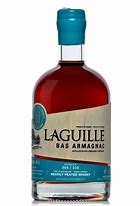
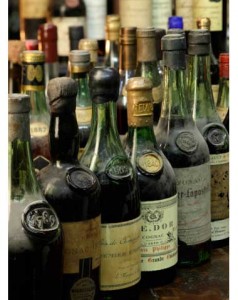 M Restaurant has announced that it is to sell its bottle of 1894 cognac for over £6000 for a 25ml shot – that’s the price of cognac history. The bottle is reputedly the first blend ever produced by Jean Fillioux, who founded the
M Restaurant has announced that it is to sell its bottle of 1894 cognac for over £6000 for a 25ml shot – that’s the price of cognac history. The bottle is reputedly the first blend ever produced by Jean Fillioux, who founded the  We place much emphasis on the ageing of
We place much emphasis on the ageing of 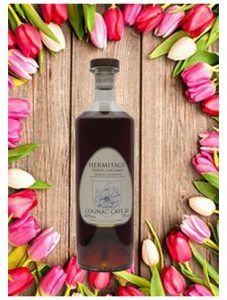 March is very much the month for celebrations, not just Mother’s Day 2019.
March is very much the month for celebrations, not just Mother’s Day 2019.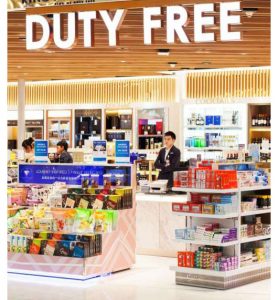 Commonly known as ‘Duty Free’, the Travel Retail Sector has long been the testing ground for new brandy releases – presumably travelling customers are more adventurous than those shopping from home? Often it is the packaging that is markedly different; the big houses like to involve famous artists in their limited edition, presentation designs. Just recently though, we have seen a real change in approach from some of the smaller houses.
Commonly known as ‘Duty Free’, the Travel Retail Sector has long been the testing ground for new brandy releases – presumably travelling customers are more adventurous than those shopping from home? Often it is the packaging that is markedly different; the big houses like to involve famous artists in their limited edition, presentation designs. Just recently though, we have seen a real change in approach from some of the smaller houses. 